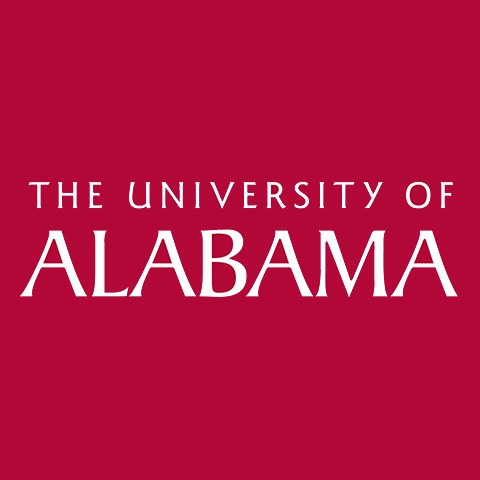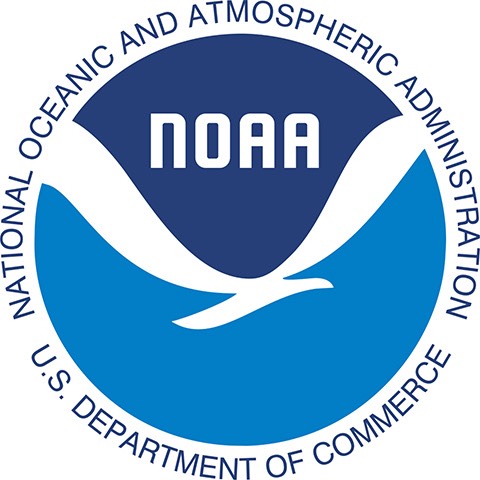
Alabama Water Institute

The Alabama Water Institute is an interdisciplinary research institute that engages in basic and applied research on fresh water resources. The institute collaborates across multiple departments at the University of Alabama, and with the National Water Center, a NOAA facility located on campus.
Why? The National Academy of Engineering identified access to clean water as one of the major challenges facing people of the world this century. The fundamental problem is not that the world does not have enough fresh water, but that clean, well-managed water is not located, nor can it be easily moved, to those who need it.
Center for Freshwater Studies

The Center for Freshwater Studies was established to combine interests of UA faculty with expertise in different areas of freshwater studies and to provide a focus and organized structure for interdisciplinary research and education. Faculty participants serve on editorial boards of major professional journals, on advisory boards and review panels for federal agencies and as officers of nationally internationally prominent freshwater societies.
Why? The center allows graduate and undergraduate students to be involved. There are opportunities to look at pre- and post-development impacts on freshwater bodies.
Point of Contact: Alex Huryn
Crabtree Group

The Crabtree Group is a civil engineering firm best known for working with DPZ and other New Urbanists to implement stormwater management solutions for traditional neighborhoods. They worked out the block-scale drinking water, stormwater, and electricity systems on the joint DPZ/Prince’s Foundation work in Haiti in the aftermath of the earthquake.
Why? Sustainable stormwater management is essential to the revitalization of a neighborhood to be more compact, mixed-use, and walkable.
Point of Contact: Paul Crabtree, Principal
Light Imprint

The Light Imprint initiative is hosted by DPZ, and is an alternate system of stormwater management. The Light Imprint Handbook contains a treasure trove of devices that can cost millions less per neighborhood to implement, most of which can be used on a lot-by-lot scale in existing urbanism.
Why? Light Imprint measures are not only much less expensive than conventional stormwater management practices, but they are beautiful as well, while standard practices produce some of the ugliest infrastructure elements in a neighborhood.
National Water Center

The National Water Center at the University of Alabama provides integrated water prediction and forecasting for the federal government, and provides the nation with enhanced water-related products and services to support water management across the country. The NWC also works to address 21st century water resource challenges.
Why? The NWC provides water information and research that may be helpful to this initiative.
Point of Contact: Ed Clark, Director